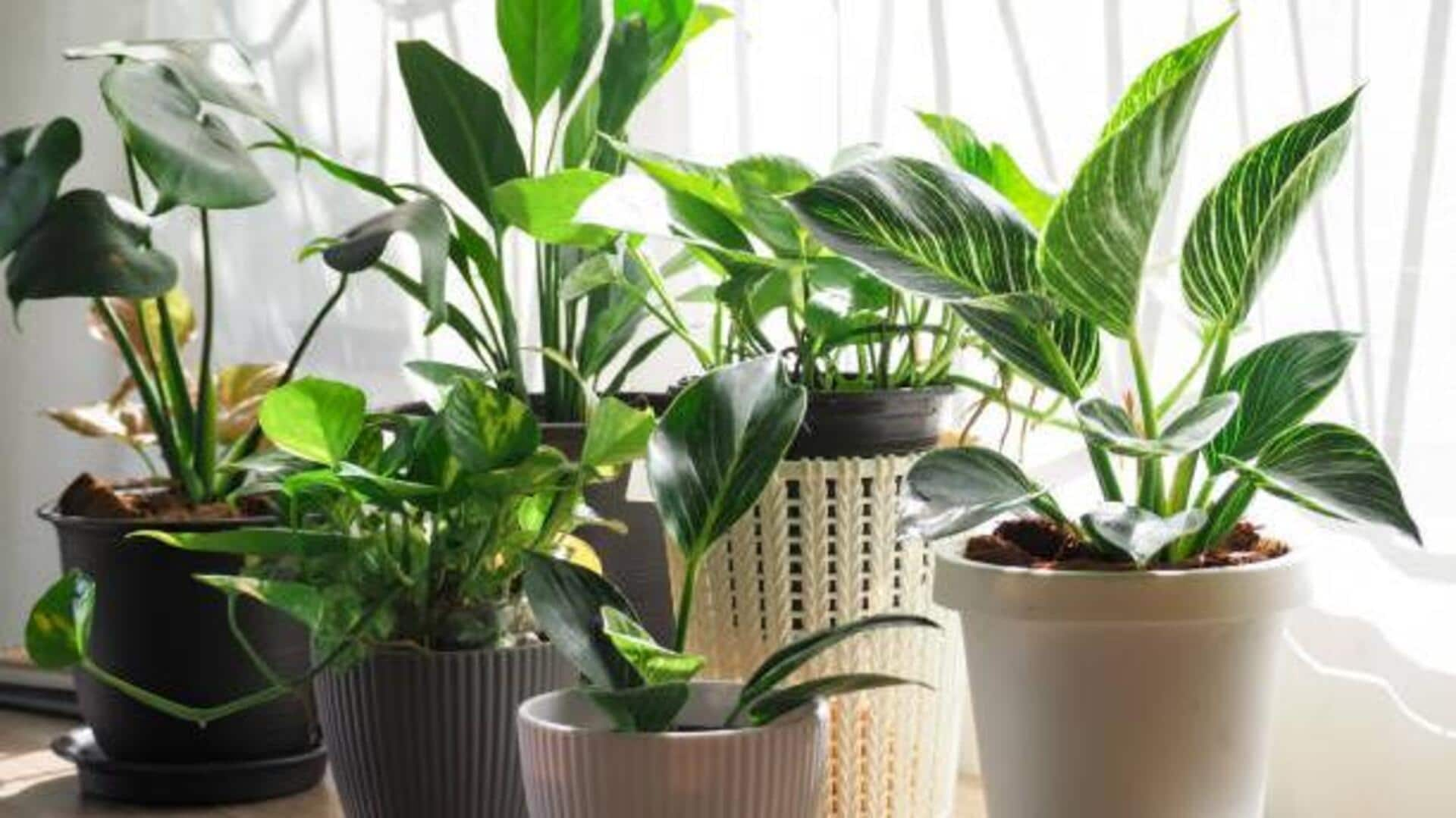
How sound waves can affect plant growth
What's the story
Sound waves have been a subject of fascination for their potential effects on plant growth. While the concept may sound strange, some studies indicate that sound waves can influence the way plants grow. This article explores the science behind sound waves and how they may affect plant growth. By delving into this intriguing topic, we hope to offer insights into the possible benefits of using sound waves in gardening and agriculture.
#1
The science behind sound waves
Sound waves are vibrations that travel through air or other mediums. When these waves reach plants, they can cause physical and chemical changes within them. These changes may affect processes like photosynthesis and nutrient absorption. The frequency and intensity of the sound waves play a crucial role in determining their impact on plant growth.
#2
Positive effects on plant growth
Some studies have shown that exposure to certain frequencies of sound can promote seed germination and root development. For instance, low-frequency sounds might stimulate cellular activity, leading to faster growth rates. Additionally, some researchers suggest that specific musical genres could enhance plant vitality by creating a more favorable environment for growth.
#3
Potential drawbacks of sound exposure
While there are potential benefits, excessive or inappropriate use of sound waves could have adverse effects on plants. High-intensity sounds might cause stress or damage to delicate plant structures. It's important to consider the type of sound being used and monitor its effects carefully to avoid negative outcomes.
Tip 1
Practical applications in gardening
Gardeners interested in experimenting with sound waves should start by selecting appropriate frequencies and keeping exposure times reasonable. Using gentle background music or nature sounds could be a good starting point for those looking to explore this method without overwhelming their plants. Regular observation will help determine whether this approach is beneficial for specific gardening goals.